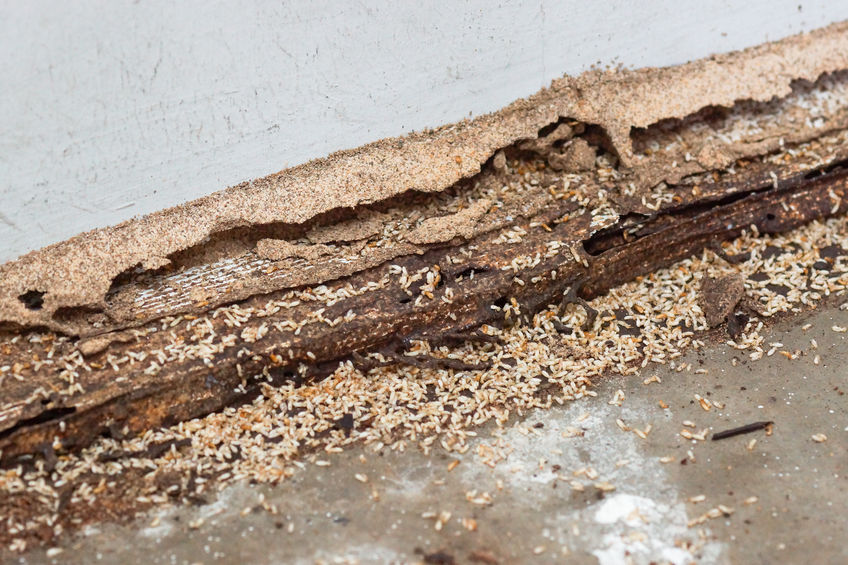While it is true that humans would not exist without arthropods, most people are repulsed by the thought of sharing their home with even one single creepy-crawly. The very few arthropod species that find it advantageous to occasionally or regularly abandon their natural habitat to take up residence in homes are categorized as “pests.” There are two types of arthropod house pests–“structural pests” and “structure-invading pests,” and insects account for the majority of pest species in both of these categories.
Structural pests not only infest homes and buildings, but they remain indoors indefinitely as long as they can secure adequate food, moist living conditions, and a harborage where they can hide in safety. Structure-invading pests may become numerous and annoying within homes, but they are incapable of establishing reproductive populations indoors. These pests include large spider species, ground beetles, millipedes, and despite being able to reproduce indoors, house flies, cobweb spiders, black widow spiders, and indoor nesting stinging insect species are not perpetual indoor-dwellers, and therefore, are not categorized as structural pests.
German and brown-banded cockroaches are both ideal examples of structural pest species because they have evolved to dwell primarily indoors. Other cockroach pest species like American and Oriental cockroaches are peridomestic pests, which means that they are capable of thriving indoors indefinitely, but ultimately prefer outdoor habitats. However, because they are capable of living indoors indefinitely, American and Oriental cockroaches are often referred to as structural pests, as well as other peridomestic cockroach species, such as Australian, smokybrown, and brown cockroaches.
Ant species that are capable of nesting indoors are also generally categorized as structural pests, and in Massachusetts they include Pharaoh ants, odorous house ants, pavement ants, little black ants, thief ants, and more. While carpenter ants are usually referred to as structural pests, it is important to note that workers inhabiting indoor satellite nests must maintain contact with the original parent nest, which is almost always located outdoors. Other arthropod pests that experts commonly refer to as structural pests include termites, bed bugs, fleas, carpet beetles, clothes moths, and although they are picky about indoor conditions, house crickets. Authors of arthropod pest literature vary in what they consider to be true structural pests, but most agree that species with a clear preference for indoor habitats fit the bill.
Has your home ever become infested with structural pests?

